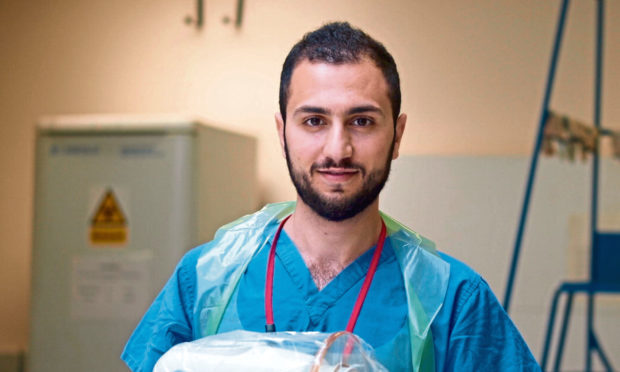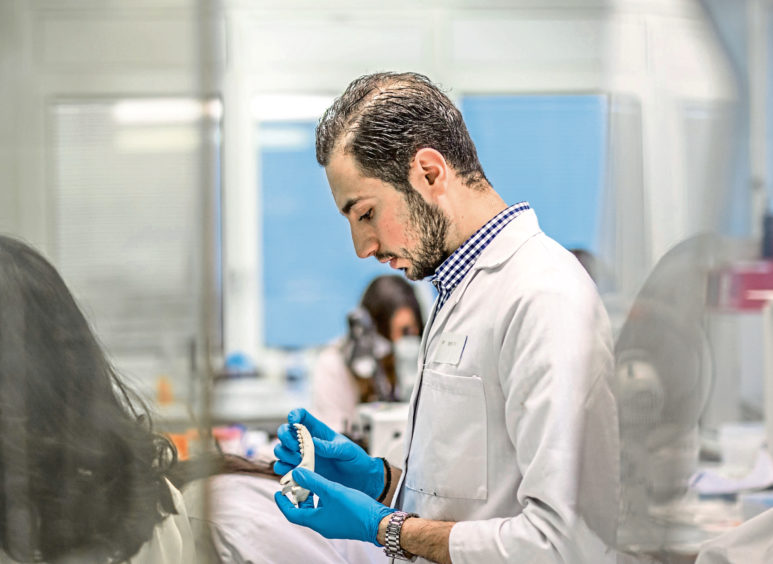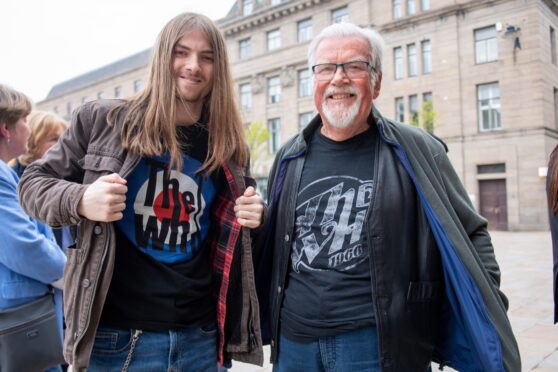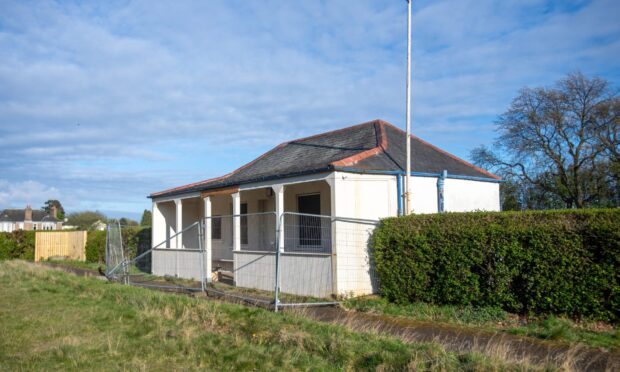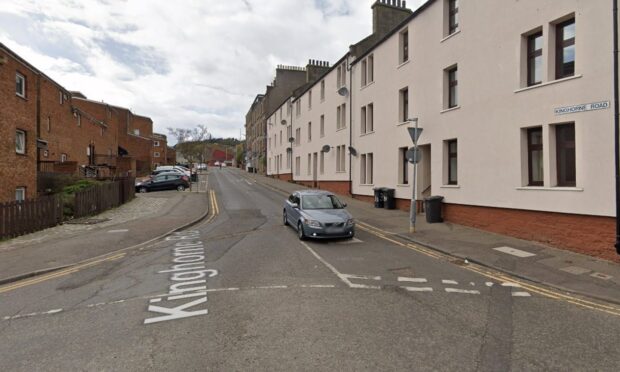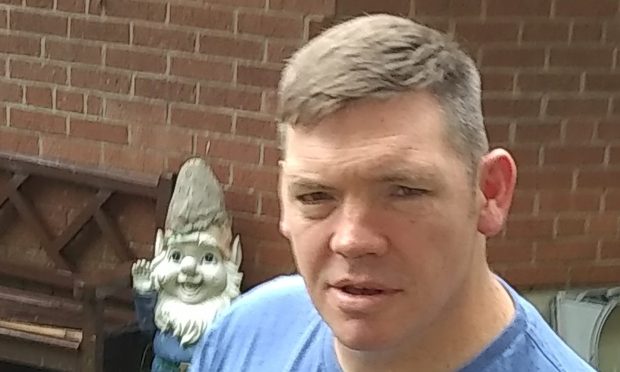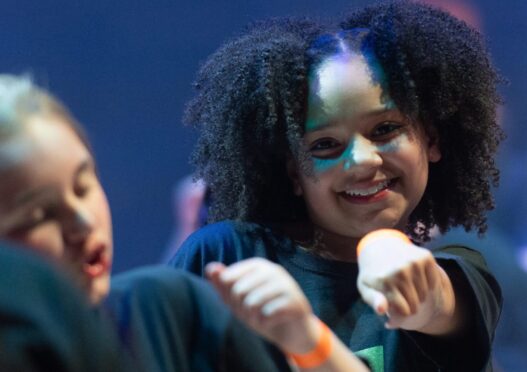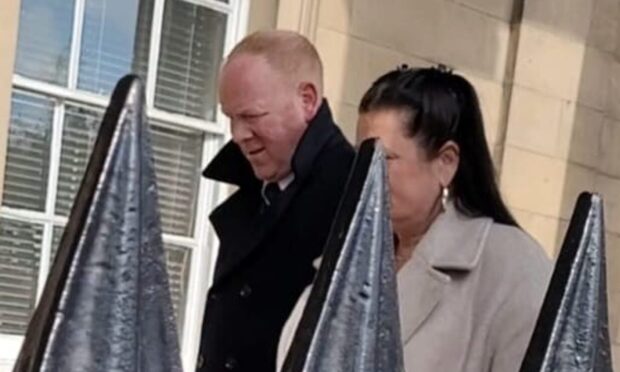A refugee who fled war and built a new life in Dundee has developed technology to help identify the gender of war victims who have few remaining features.
Rawad Qaq was 23 when he had to flee Syria in 2015 because of the destruction that has ravaged his home country.
Leaving behind family who he might not see again, he undertook a perilous 22-day journey to Europe by boat.
“When I fled Syria, I was completely alone without any real-life experience,” he said.
“As things got worse in my country, like so many hundreds of thousands of people, I was forced to flee to safety to Lebanon at first.”
He arrived in Germany and went on to gain a scholarship to study a PhD in forensic dentistry at Dundee University, having gained his master’s there.
The 28-year-old then pledged to use the opportunity to develop facial reconstruction technology that can help identify victims of the war.
The UN estimates more than 100,000 people have been detained, abducted, disappeared or went missing, largely, but not only, by the actions of the Syrian government.
Mr Qaq has now revealed his free-to-use sex calculator, which allows forensic scientists to use skulls to predict the gender of the deceased.
He plans later to introduce further methods of identification in his home country and neighbouring states, such as Iraq and Yemen, to identify victims.
Mr Qaq said: “The skull is the second-best indicator of sex from a human skeleton after the pelvis.
“Often in extreme circumstances, the only remains that forensic anthropologists, archaeologists and odontologists might have to hand is a skull and so I wanted to create a solution to problems they could face in the field.”
To develop the calculator, he tested 22 common measurements on 135 radiographs of skulls.
Statistical analysis proved only four measurements were needed to distinguish between a male and female.
Mr Qaq’s team then applied the formula to 15 new samples and successfully predicted the sex of 13 skulls, representing about 86% accuracy.
His academic work has been heavily influenced by his experiences of conflict in Syria.
This includes the study of mass graves, identification of people by their teeth, health records and data problems.
Mr Qaq added: “I couldn’t help during the war before but now because of studying in Scotland, I will be able to identify the victims of war, not only in Syria but in other countries also ravaged by war like Iraq or Yemen.”
More than 570, 000 people have been killed since the outbreak of war eight years ago, according to the Syrian Observatory for Human Rights.
